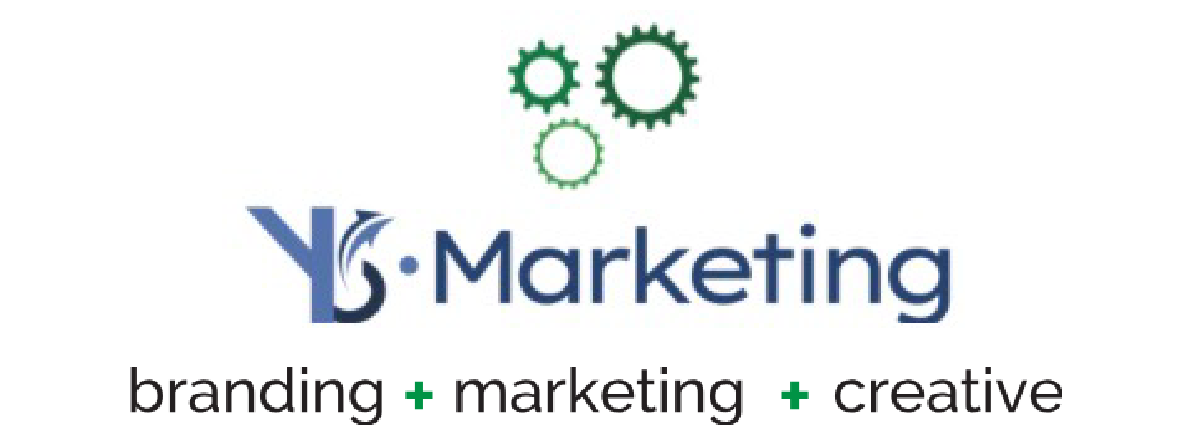
Company Culture
Company culture is the core identity of a business. The bigger question is what all is comprised within the broad spectrum of company culture? According to various sources company vision, values, norms, systems, symbols, language, assumptions, beliefs and habits are all contributing factors. Your company’s culture is already preexisting within your organization – employees, founders, and leadership all brings this with them.
Unfortunately, not all companies anticipate growth and success that create a long-term vision for the culture and dynamics to be created. As you experience growth, hiring new employees, and new strategic goals it might be an appropriate time step back to assess what culture you see emerging within your organization and what type of culture you’d like to create to ensure a harmonious work environment that motivates and empowers employees.
Start with something easy: assess the current culture.
As you proceed through your work week, month, or year, you will begin to notice patterns of behavior within the organization both in language and action. These patterns are typically indicative of what type of culture your company has. Are your employees wearing jeans and t-shirts to work? Maybe you are more casual. Are you focused on inclusion? Maybe your language reflects that value. Overall, you can assess culture often times through surveying your employees as well. Gain insight into what is working, satisfying their needs and what they would like to see improved. Start creating new norms if you see a disconnect in satisfaction. The point of culture is to reflect the personality of the company and by doing this you foster a sense of trust in not only your employees but also with your customers/clients.
Try: tackling the language.
Look at your mission statements, values, etc. By defining this both internally and externally this provides a guideline for potential employees, the hiring process, and the type of mindset you expect from your team. It gives everyone a common purpose to build upon which ultimately will impact the trajectory of the company itself. This transparency should be fluid throughout the organization from the website, to conversations with employees, to interviewing processes. Again, we want a cohesive brand that has a consistent culture. You must practice what you preach.
Look towards engagement internally and externally.
Internally, your employees should feel prepared to execute tasks required of their position. Proper training and understanding of the company dynamics should be apparent. Employees should feel fulfilled working in their positions and content with the level of development they are receiving. This all fosters a sense of purpose for the company and incentivizes employees to give their all to the organization because of the type of culture it has created is one that inspires them. This will translate to the external relations of the company as well in a domino effect of sorts.
Don’t get discouraged looking towards company’s like Google who have an extremely unique company culture. Google may have flextime, tuition reimbursement, free lunches, onsite doctors, fitness classed, ping pong… the lists goes on. The reality is this is not within the realm of capabilities for most organizations. That doesn’t make culture any less important for your company!
Bottom Line:
In today’s work force, a great company culture is becoming a standard for employees who are more individualistically centered and purpose driven. It is just as important for a potential hire to feel they “fit” the company as it is for the company to find the employee who will be the right “fit.” Not only will this reduce turnover rates, it will increase effectiveness of each employee because they are on board with the personality and purpose of the organization! This satisfaction leads to better relationships with customers, colleagues, and the organization as a whole. Find your fit and create your culture!
